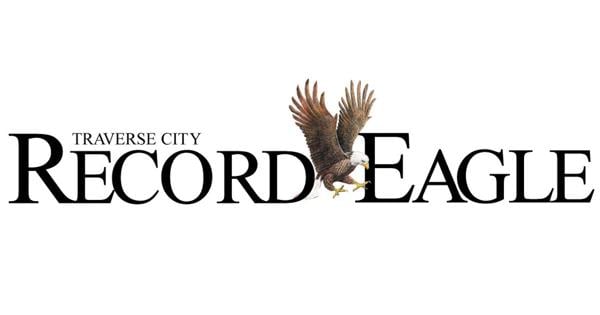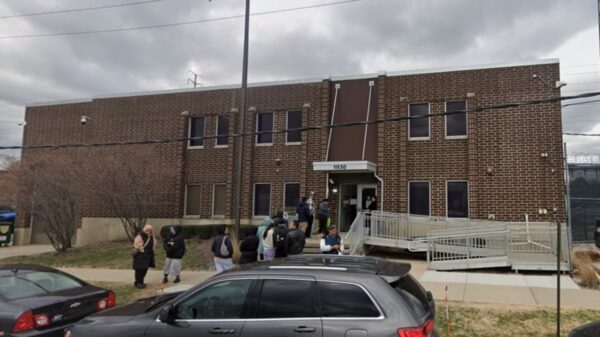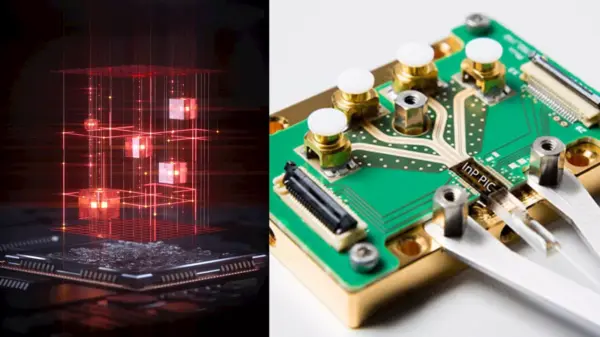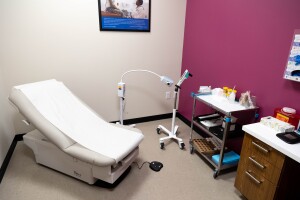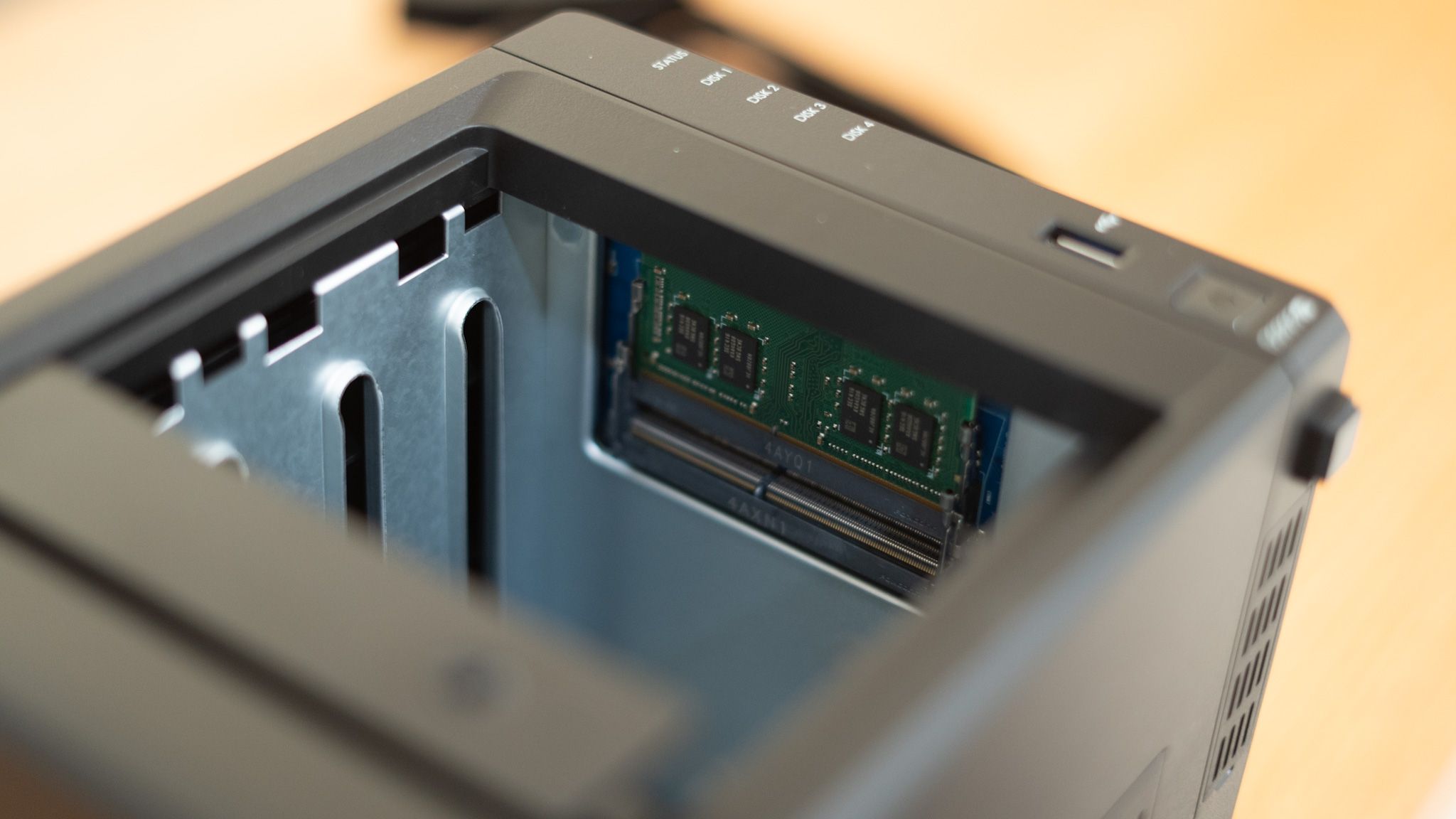UPDATE: Experts are issuing a crucial alert for anyone using or planning to invest in Network Attached Storage (NAS) systems. Recent analyses reveal that overlooking key specifications can lead to frustrating experiences and potential data loss.
In an era where data storage is paramount, knowing which NAS features to prioritize is more urgent than ever. According to tech specialists, the right CPU is essential, not just for heavy tasks like transcoding 4K movies but for everyday operations such as file indexing and RAID builds. A low-end processor can turn simple tasks into lengthy delays, especially when multiple devices are connected.
RAM capacity is another critical element. Many budget NAS models come with a mere 2GB of RAM, which is inadequate for multitasking. Experts recommend a minimum of 4GB, with 8GB being the ideal standard to ensure smooth operation, particularly for teams accessing files simultaneously.
Equally important is the network interface. A standard gigabit Ethernet port might be insufficient, leading to speed bottlenecks during file transfers. Tech consultants advise seeking NAS systems with at least a 2.5GbE port to accommodate multiple devices without compromising performance.
Storage capacity also warrants serious consideration. Users often find themselves wishing for more space. The difference between a two-bay and a four-bay NAS is significant, providing not just more storage but enhanced RAID configurations for data redundancy. Planning ahead by choosing a system that supports expansion units is vital for future-proofing your setup.
File system support plays a pivotal role in data integrity. Advanced systems like ZFS and Btrfs offer features such as snapshots and checksums, which help catch file corruption before it spreads. This is crucial for preserving data quality and preventing potential loss.
Cooling systems are often overlooked but are essential. Hard drives generate significant heat, which can reduce their lifespan. A quality cooling system ensures optimal airflow without creating excessive noise. If stock fans fall short, consider upgrading to third-party options for improved efficiency.
Power supply and UPS systems are critical for safeguarding your NAS. Pre-built models typically come with adequate power units, but custom builds should exceed power requirements to allow for headroom. Pairing your NAS with a reliable Uninterruptible Power Supply (UPS) can protect against data corruption during power failures.
Lastly, the software ecosystem of your NAS is crucial for a smooth user experience. Many NAS units come with proprietary operating systems that may impose limitations. An open system like TrueNAS offers greater flexibility and control, but it’s essential to understand the implications of your choice, especially regarding updates and security.
These insights are vital as more individuals and organizations rely on NAS systems for secure data management. Don’t let inadequate specifications hinder your productivity or compromise your data.
Stay informed about these essential features to ensure you invest wisely in your NAS setup. The stakes are high, and the right choices can significantly enhance your digital experience.
Next Steps: Evaluate your current NAS specifications or research new models based on these critical factors. Share this information with colleagues or friends who may also benefit from a robust and secure storage solution.










